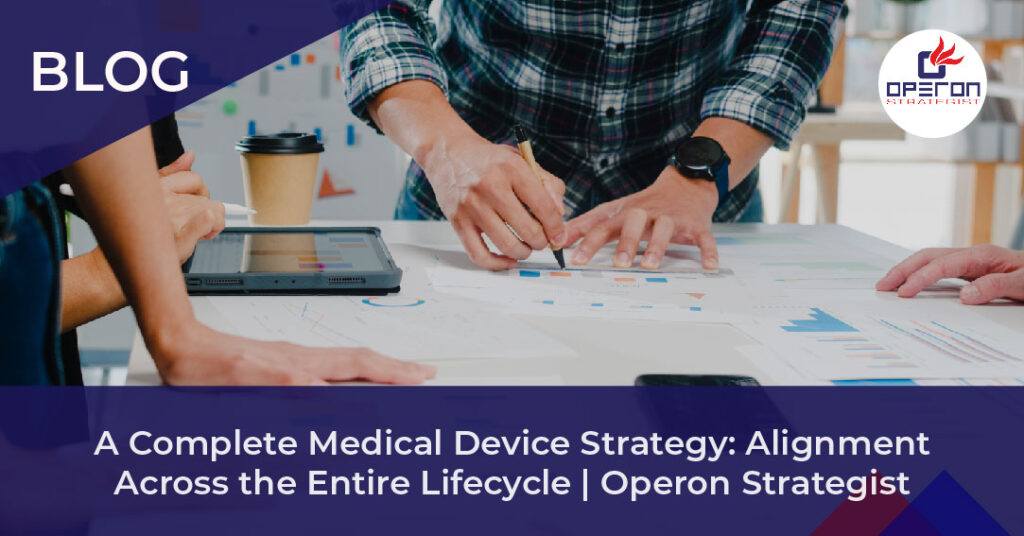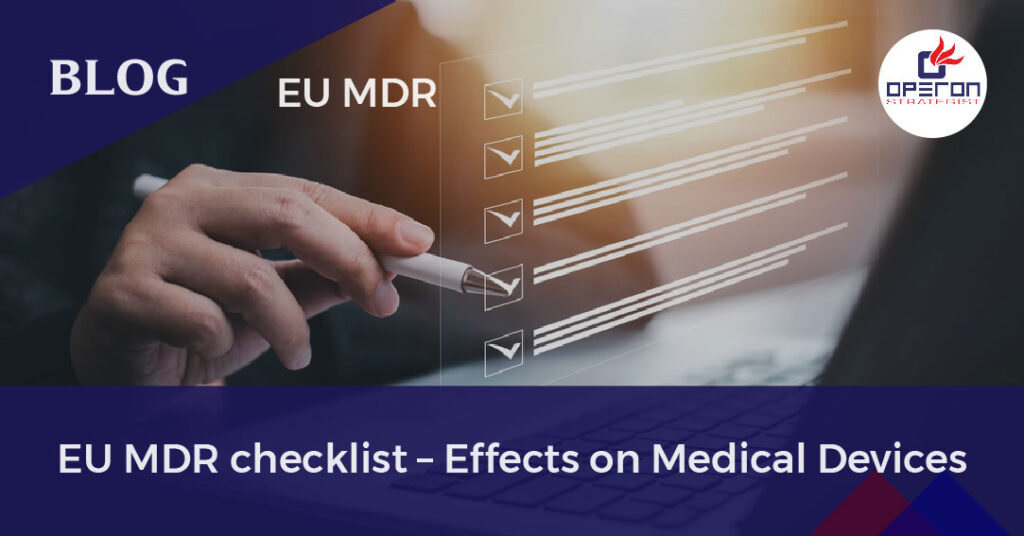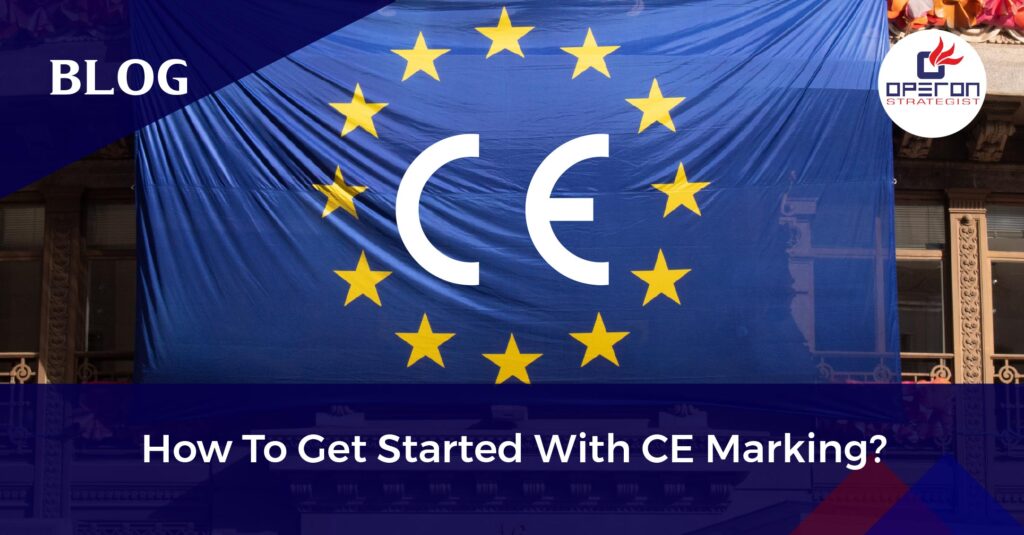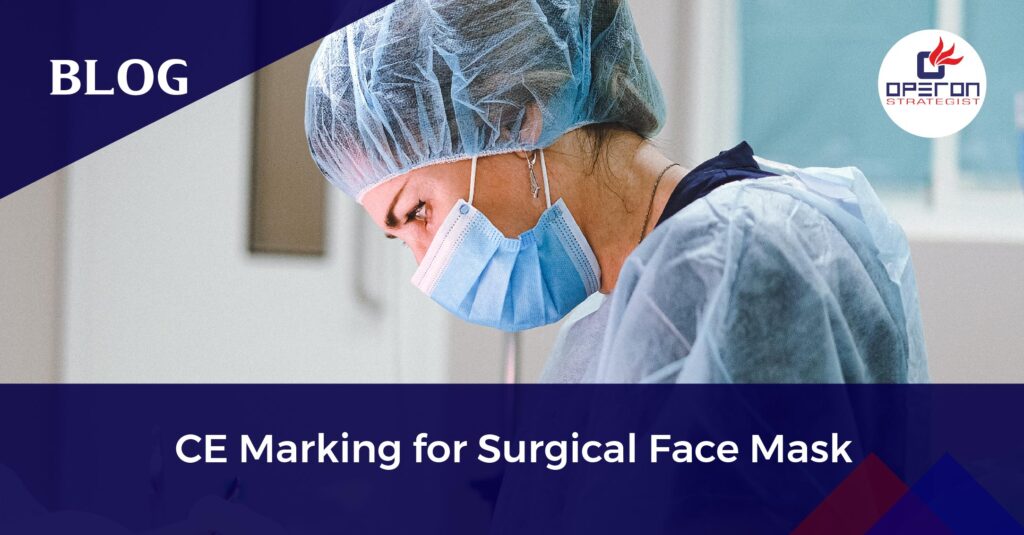An Overview:
For medical devices, a well-rounded strategy goes far beyond simply achieving regulatory approval or obtaining a European CE mark. A successful lifecycle strategy focuses on aligning each stage of the device’s development and use—from concept to post-market surveillance (PMS)—around a central guiding principle: meeting the intended purpose. By defining and continuously verifying this purpose, manufacturers can help ensure that quality, safety, and performance stay at the forefront across the device’s entire journey.
This article explores the essential elements of lifecycle alignment, the role of biocompatibility, and actionable tips for maintaining a favorable benefit-risk profile for medical devices.
Looking For a Medical Device Regulatory Consultant?
Let’s have a word about your next project
The Fundamentals of Lifecycle Alignment for Medical Devices
Throughout the lifecycle of a medical device, every process must align with the following key elements:
- Safe Use for the Intended Purpose: Every device must be designed to perform its intended function safely for users and patients.
- Commitment to Quality, Safety, and Performance: Quality should be built in from the start and continuously validated to meet both regulatory and patient safety standards.
- Favorable Benefit/Risk Profile: Ensuring that the benefits consistently outweigh any risks requires constant evaluation and iteration.
Ensuring Traceability of the Intended Purpose
When building a medical device strategy, aligning around the intended purpose is essential for traceability. This ensures each lifecycle process—from clinical evaluations and risk management to verification and validation (V&V) and PMS—can be directly linked back to the device’s intended use.
Considerations for Traceability:
- Linking Processes to Intended Purpose: Processes should be structured in a way that ties every data point and outcome back to the intended purpose.
- Clear Communication of Changes: Any modifications to the intended purpose must be communicated across processes to prevent misalignment in safety and performance.
By establishing a strong, purpose-centered framework, manufacturers can streamline processes to enhance device reliability and performance throughout the entire lifecycle.
Key Processes in Medical Device Lifecycle Alignment
Achieving alignment requires an integrated approach across these core processes:
- Risk Management: Establish and maintain a proactive risk management plan that adapts to evolving data and intended use requirements.
- Clinical Evaluation: Continuously assess clinical data to ensure that the device meets quality and safety expectations.
- Usability Engineering: Evaluate the device’s ease of use, with special attention to mitigating user-related risks.
- Post-Market Surveillance (PMS): Collect and analyze data on real-world use to address emerging safety concerns promptly.
Each of these processes operates interdependently, reinforcing safety, performance, and quality.
The Role of Biocompatibility in Device Strategy
Biocompatibility is fundamental to the medical device lifecycle and impacts both design and regulatory compliance. However, biocompatibility does not exist in isolation; it must be evaluated alongside other device properties within a comprehensive lifecycle risk management framework.
Here are three tips for incorporating biocompatibility into your overall device strategy:
- Align Biocompatibility with Intended Purpose: Biocompatibility assessments should be based on the device’s intended purpose to ensure compatibility with patient health and safety.
- Update Evaluations with Any Design or Production Changes: Any design modifications, updates to manufacturing processes, or new post-market data impacting safety should trigger a re-evaluation of biocompatibility.
- Maintain Traceability and Reliability: Safety conclusions must be consistently documented and tracked to ensure that biocompatibility remains verified over the device’s entire lifecycle.
Conclusion
Achieving and maintaining strategic alignment across the lifecycle of a medical device isn’t a one-time goal; it’s an ongoing process. By centering each process around the intended purpose, ensuring traceability, and upholding biocompatibility, manufacturers can meet the stringent quality and safety standards required for medical devices. This approach not only satisfies regulatory demands but also enhances patient outcomes by delivering safe, effective devices that perform as intended.
Ready to strengthen your medical device strategy?
Partner with Operon Strategist for Expert Medical Device Lifecycle Strategy
At Operon Strategist, we specialize in guiding medical device manufacturers through each stage of the device lifecycle—from concept to post-market surveillance. Our expertise in regulatory compliance, risk management, and biocompatibility ensures that your device consistently meets high standards for quality and safety. Let us support your journey to successful market entry and ongoing compliance. Contact us today to enhance your medical device strategy!
- adminhttps://operonstrategist.com/author/admin-2/
- adminhttps://operonstrategist.com/author/admin-2/
- adminhttps://operonstrategist.com/author/admin-2/
- adminhttps://operonstrategist.com/author/admin-2/




